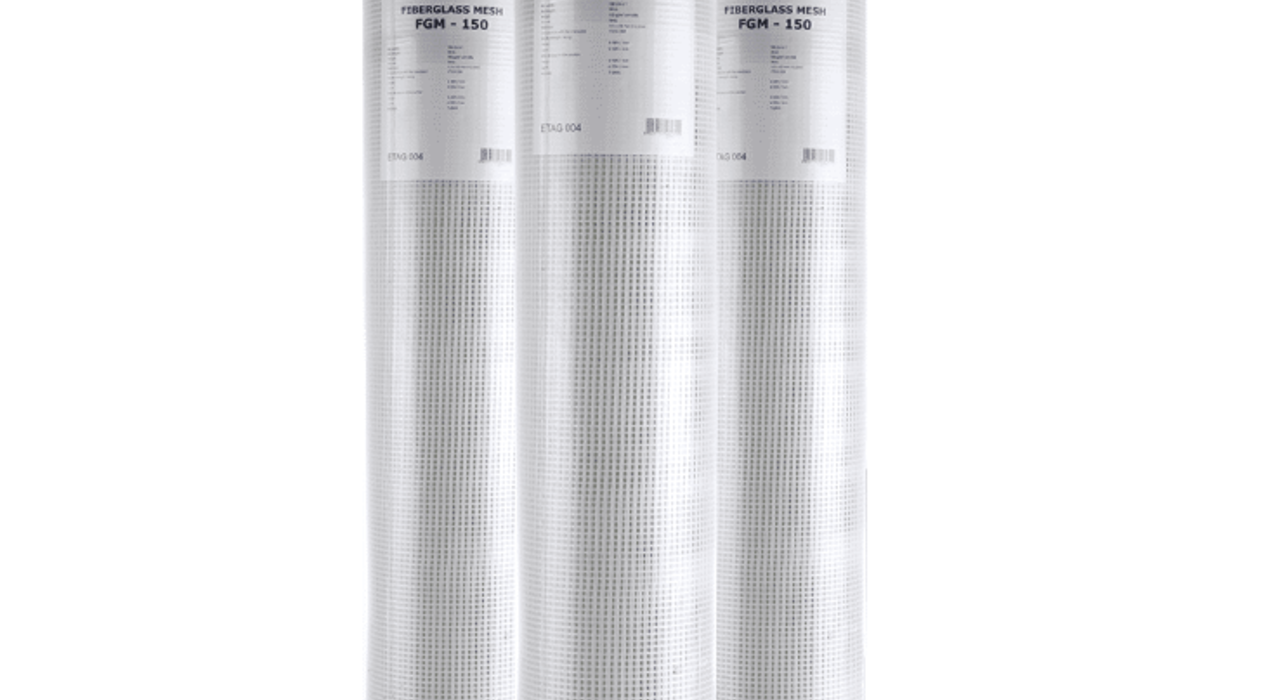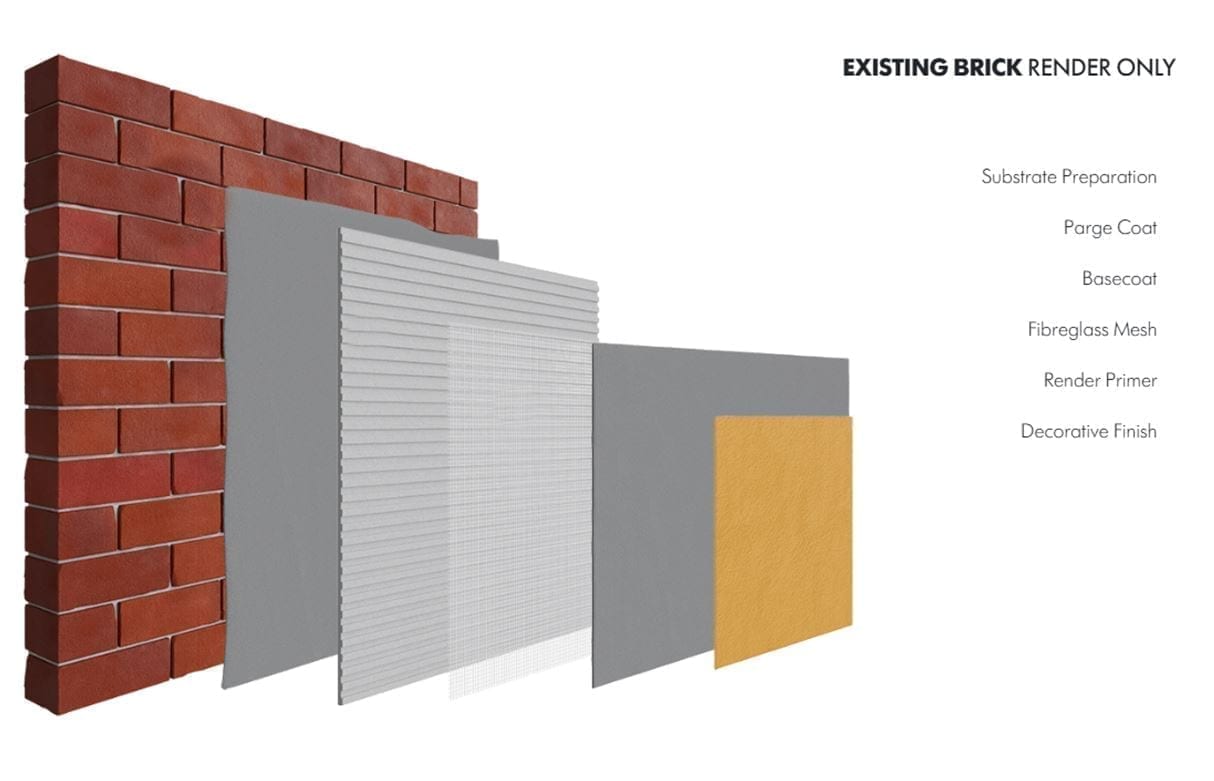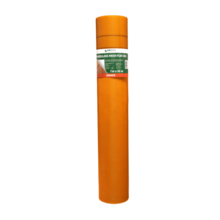
Fibreglass Mesh is an essential component of our render systems. It helps provide strength and flexibility to our thin coat render systems ensuring that the render doesn't crack in the years to come.
The fibreglass Mesh is made of neatly woven fibreglass thread. This type of mesh is widely used in plastering and rendering for wall reinforcement, external wall insulation and roof waterproofing. We offer different weights of mesh depending on the intended use. Typically, heavier mesh provides more impact resistance within the render system. At EWI Store the heaviest mesh we sell is our Orange Fibreglass Mesh at 165g/m2 . As a result of the weight, this is often used in areas that are likely to endure heavy impacts e.g. a wall where a football is kicked against it.
All of the mesh we sell is alkali-resistant, and this helps prevent it being broken down by the chemicals in the other mortars and adhesive materials. Fibreglass Mesh is also used to create reinforced stress patches around windows. Small squares are cut out and embedded in the basecoat to protect the edges of reveals. Corners in construction are inherently weaker, therefore Fibreglass Mesh can secure these areas. In combination with beading, these features can greatly enhance the strength of the system. Fiberglass mesh is also used in construction for its fire-resistant properties. When used in conjunction with fire-resistant materials, it can help prevent the spread of fire.
Where do you put the fibreglass mesh in render systems?
Within both render systems and external wall insulation systems, the fibreglass mesh is embedded within the basecoat layer. The mesh needs to be embedded within the basecoat while it is still wet. We always recommend getting the mesh embedded within the middle of the layer of the basecoat, rather than too close to the surface or sitting right next to the wall.
In thin coat render systems, the basecoat thickness is normally between 4-8mm, so installers tend to have different embedding techniques.
A notched trowel can be used to apply the basecoat to the wall at the required thickness. Following this, the mesh can be tapped into the basecoat. A straight edge trowel can then be used to 'pull' the adhesive through the mesh by applying pressure to the basecoat.
Other installers will apply a thinner, first pass of adhesive, then tap the mesh in mesh in place and then apply a second layer of the basecoat. Either method is absolutely fine. However if you do go with the second method, ensure the first pass of basecoat has not dried before applying the second pass of mesh - the mesh needs to be embedded within fully wet product.
Overlapping mesh in basecoat
During weather and temperature changes, the external walls of your home expand and contract minutely due to the heating and cooling processes. Mesh is used to help the system 'flex' with these building movements to help prevent cracking.
All of our mesh comes with markings 100mm from each end. This marking illustrates the overlap of the mesh required when installing it. Each strip of mesh needs to overlap the last by 100mm otherwise cracks can appear in this area over time.
The mesh provides additional strength to all thin coat render systems. The additional strength also helps prevent cracking so we would always recommend it.
Below is an example of a build-up for Render Only on a brick substrate. The build-up demonstrates where the fibreglass mesh fits into the process.


